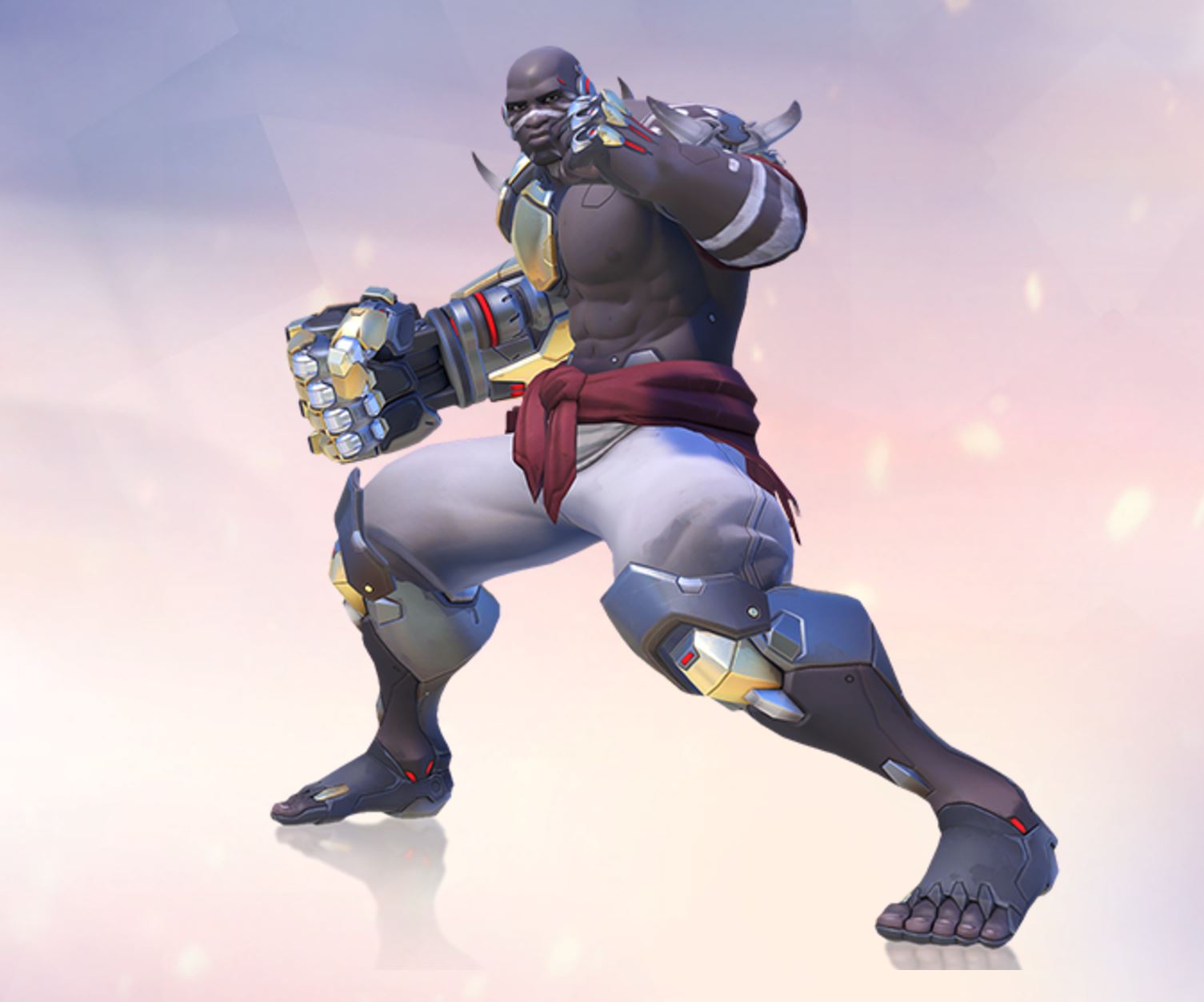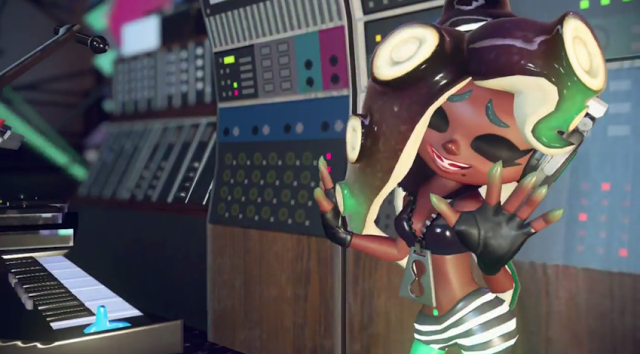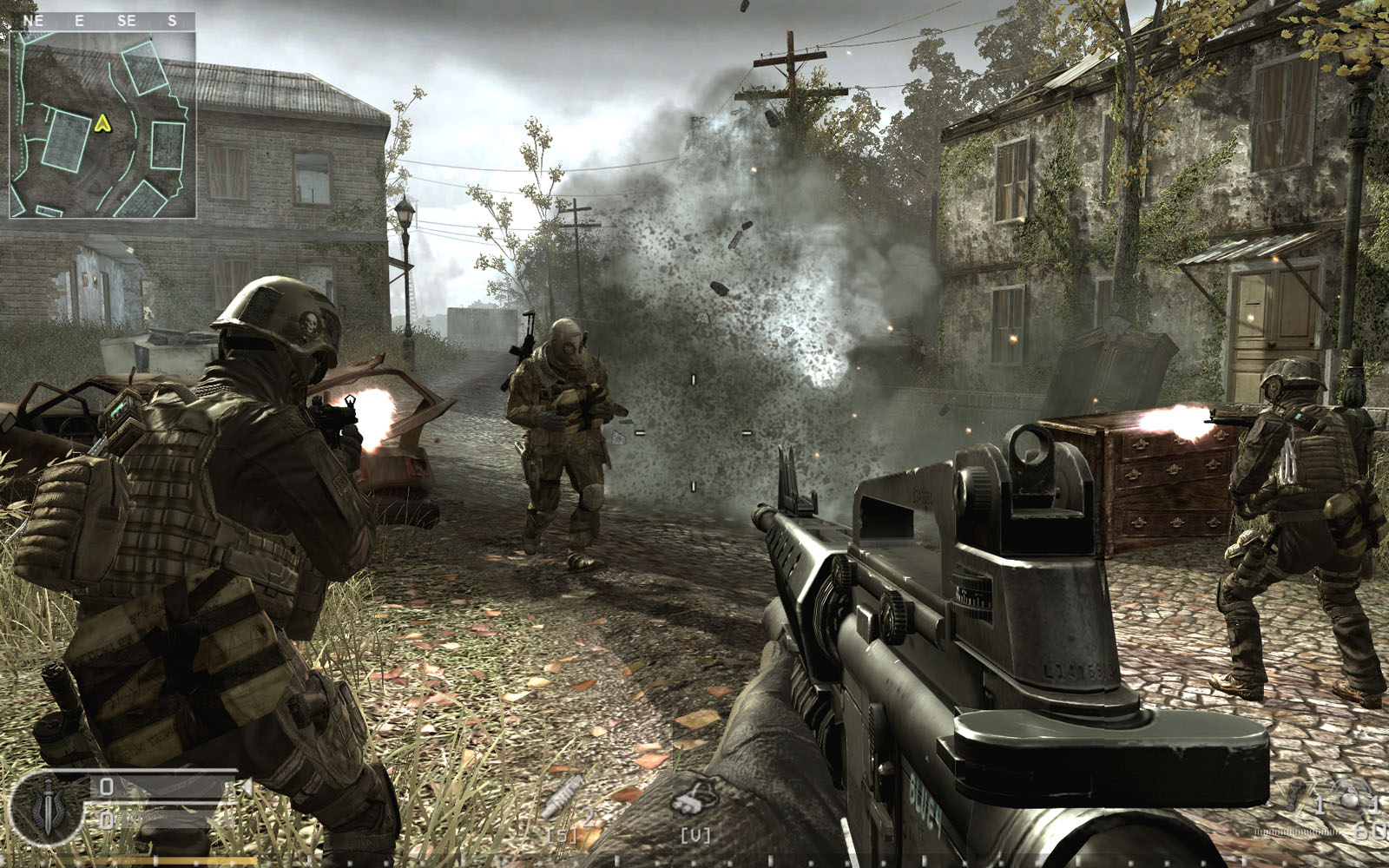It can be easy to get caught up in your own project when you’re up to your knees in concept art and code. And there’s nothing inherently wrong with that. Losing yourself in the world of your own game is one of the best parts of being a game dev, after all. That said, it’s important to remember that even—and in some ways especially—indie devs are operating within a larger industry and community, and while it can be useful and even necessary to cut out the noise from time to time, you won’t do yourself any favors by ignoring the trends and conversation happening around you. Instead, you miss out on the opportunity to learn from others’ mistakes, to take advantage of industry trends, and to be inspired by people questioning pieces of the industry you may have never even thought about before.
Think you might be guilty of this tunnel vision approach to game dev? We’ve got your back. Today we’re bringing you 5 important industry conversations all indie devs should be paying attention to.
1. Is Overwatch’s Doomfist Progress or a Status-Quo Stereotype?

Blizzard recently added the long-awaited Doomfist to the cast of playable Overwatch characters. Since his introduction, the Overwatch community has been buzzing with the typical new character conversations: best strategies to play with and against him, is he overpowered, how does he stack up against the other character options? But while some players have been debating over strategy and functionality, others have been questioning whether or not he can be considered progress in terms of black representation in gaming.
Some players have shared excitement at seeing a Nigerian playable character being added to so popular a game. Polygon recently published an article by Allegra Frank that discusses how Doomfist’s new legendary skins are a specific homage to his ethnic heritage. For Frank, this visibility of Nigerian culture is huge progress in an industry still overwhelmingly dominated by white male player characters.
On the other hand, Doomfist’s portrayal also reinforces a number of problematic and pervasive stereotypes surrounding black characters in popular culture. Jeremy Winslow breaks this down in his article, “Doomfist Is a Disappointing and Frustrating Jumble of Stereotypes.” As far as Winslow is concerned, the game devs don’t deserve a gold star for bothering to include a black character in the game, and it can’t be considered progress when the portrayal is hardly more than a combination of pervasive tropes and stereotypes.
2. Nintendo’s New Women of Color: Twintelle & Marina

This second set of conversations is along the same theme as the first, but the nuances are different enough that I’ve opted to separate them.
Nintendo has a long history of actively avoiding conversations surrounding diverse representation in gaming, but it seems that era may at last be coming to an end. That said, it should probably come as no surprise that Nintendo’s first attempts to add characters of color to their games might be a bit imperfect.
First came Twintelle, a playable woman of color introduced in Nintendo’s new fighting game, ARMS. The controversy surrounding Twintelle revolves around the fact that, while all the other ARMS fighters fight with their arms, Twintelle fights with her hair. Considering the longstanding history of black women’s hair being weaponized and policed by society, having Twintelle being the only character to fight with her hair instead of her arms understandably rubbed some players the wrong way. Tanya Depass’s article, “What Nintendo gets Wrong with Twintelle, the New WOC Fighter From ‘ARMS,'” is a great place to start to get a better feel for why this was a bit of a misstep for Nintendo.
Next came Marina, one of the “Off the Hook” hosts from Splatoon 2, who has proven to be far less controversial than Twintelle. In his article published on Destructoid, Johnathon Homes considers whether or not Marina qualifies as the first black Nintendo character and what that might mean for future Nintendo games. The hosts of Spawn on Me, a podcast dedicated to discussing people of color in gaming, picked up this conversation as well in their 180th episode “DoomFidgetFists,” where they were joined by the very same Tanya Depass mentioned above. The episode doesn’t offer any definitive answers about Marina, but that’s part of what makes the conversation so interesting. Bonus points, this episode also weighs in on the Doomfist debate, so if that piqued your interest all the more reason to give it a listen!
Like the other pop culture industries, the gaming industry is going through some growing pains when it comes to representation, and for good reason. For one thing, gamers from diverse backgrounds deserve to see themselves in the games they love. But from a dev perspective, the more inclusive you can make your games the wider you cast your net for potential players. But as these conversations show, it’s not always as simple as dropping people of color into your games. Being aware of the mistakes that other devs have made and of the stereotypes pop culture often falls back on will help you avoid the same pitfalls when diversifying your own games.
3. Virtual Reality vs Augmented Reality
Anyone remotely adjacent to the gaming industry knows there’s a lot of hype surrounding virtual reality and augmented reality at the moment, but how much have you really been keeping up on these new technologies? Sophia Charara and Husain Sumra do an excellent job breaking down the current pros and cons to both in an article published to Wareable that questions whether one or the other is the future of the gaming industry. (Spoiler: the answer is probably both).
While many indie devs have probably not given much thought to VR or AR gaming, it’s important to recognize that these technologies aren’t going away. More importantly, VR and AR games have whole worlds full of untapped potential just waiting for the right creative minds to take advantage of them. And while VR is currently a bit exclusive as a result of the high cost of the equipment, it is looking increasingly likely that it will become more accessible to the gaming community. Oculus has already confirmed they are developing a stand alone VR headset that could be ready as early as next year. Game devs who aren’t taking advantage of this emerging market when it’s still new will be kicking themselves in a few years.
4. Dream Daddy and the Need for Good LGBT+ Rep in Gaming

Remember what I was saying about growing pains and the increasing push for diversity in gaming? Here’s one that got it right. After Dream Daddy, never again will industry professionals be able to claim there’s just “no market” for LGBT+ stories and characters in games.
Dream Daddy: A Dad Dating Simulator shot straight to the top of Steam’s sales list and made huge waves on social media, ending Overwatch’s nine-month reign as the most talked about game on Tumblr and made headlines on major news publications that don’t typically even acknowledge the gaming industry. The Guardian published “Dream Daddy: How the Gay Dad Dating Sim Became a Hit Game of the Summer.” Business Insider discussed how “surprisingly earnest” the game is, overcoming fears that it would be disrespectful or treat same-sex relationships as a punchline. An article on Wired bears the headline “Dream Daddy, A Queer Dating Sim, Might be the Gaming Miracle of the Year.”
The general consensus is that Dream Daddy is a game changer. It tapped into something no other game had been able to offer, and while the delightfully on-point dialogue and frequent Dad jokes certainly helped, it was the genuine care taken to make the game diverse, inclusive, and unapologetically queer that really pushed it over the top.
5. Is Violence a Necessary Mechanic in Gaming?

Following this year’s E3, Pop Culture Detective posted a video titled “The Unfulfilled Potential of Video Games.” In it, he questions the prevalence of violence and combat mechanics within the gaming industry: Why is it that it has become the focus of nearly all games, excluding racing and eSports? The video raises questions I doubt many of us have ever really considered before, and it just might inspire you to reconsider the way you think about games.
An article published to I Need Diverse Games titled “The Violent Banality & the Need for Better” echoed similar sentiments, questioning why games rarely offer other forms of problem solving, and even offers suggestions as to alternative mechanics game devs might consider playing with instead.
None of this is to say there is something wrong with the combat mechanic in gaming, but the question of why it has become so dominant is a valid one, and spending some time thinking about it might just inspire you to try something new.
Ever Watchful
New debates, conversations, and trends are constantly emerging in the gaming industry, and they are the perfect place to find inspiration for your next great project, or even for ideas on how to take your currently one to the next level. I know you’re busy, but taking a minute every day to catch up on recent industry news can make a big difference–and these five the perfect place to start.
